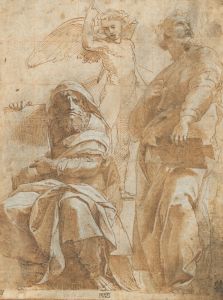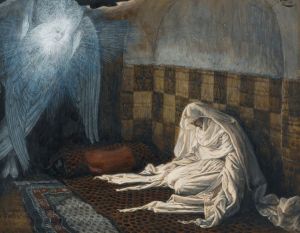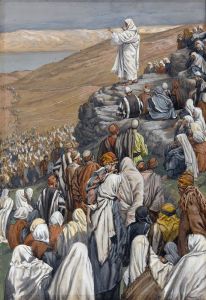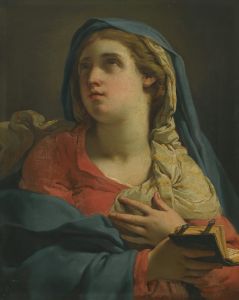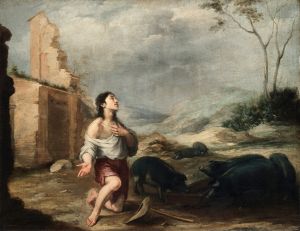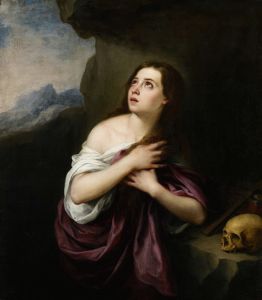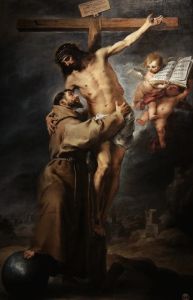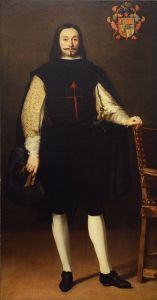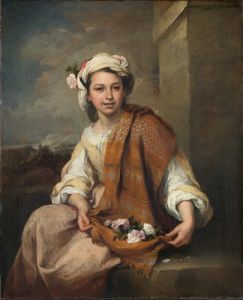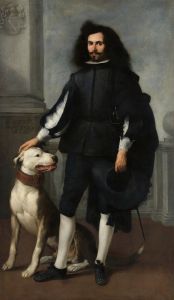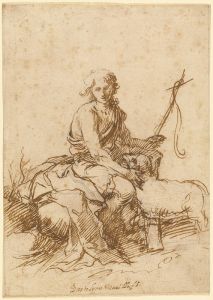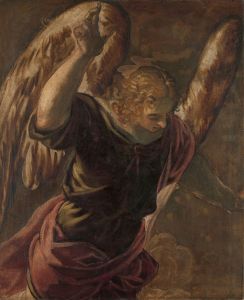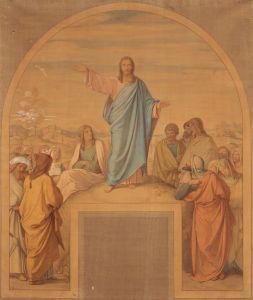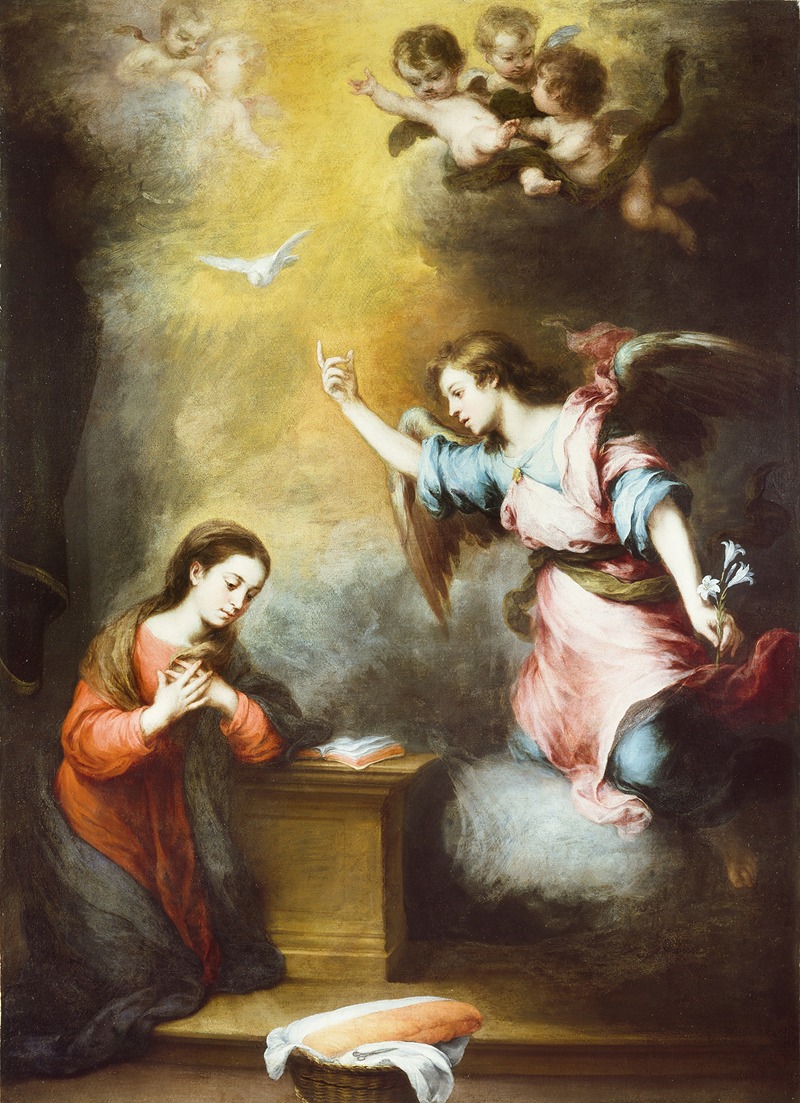
The Annunciation
A hand-painted replica of Bartolomé Estebán Murillo’s masterpiece The Annunciation, meticulously crafted by professional artists to capture the true essence of the original. Each piece is created with museum-quality canvas and rare mineral pigments, carefully painted by experienced artists with delicate brushstrokes and rich, layered colors to perfectly recreate the texture of the original artwork. Unlike machine-printed reproductions, this hand-painted version brings the painting to life, infused with the artist’s emotions and skill in every stroke. Whether for personal collection or home decoration, it instantly elevates the artistic atmosphere of any space.
Bartolomé Estebán Murillo, a prominent Spanish Baroque painter, created "The Annunciation" around 1655-1660. This painting is one of Murillo's many works that depict religious themes, reflecting the Counter-Reformation's emphasis on the visual arts as a means of inspiring faith and devotion. Murillo is renowned for his ability to convey deep emotion and spirituality through his art, and "The Annunciation" is a prime example of his skill in this regard.
"The Annunciation" portrays the biblical event in which the Archangel Gabriel announces to the Virgin Mary that she will conceive and become the mother of Jesus, the Son of God. This moment is a significant event in Christian theology, symbolizing the incarnation of Christ. Murillo's interpretation of this scene is characterized by its gentle and serene atmosphere, a hallmark of his style.
In the painting, the Virgin Mary is depicted kneeling in prayer, her expression one of humility and acceptance. She is often shown wearing a blue mantle, symbolizing her purity and heavenly grace, over a red gown, which represents her human nature and love. The Archangel Gabriel, typically portrayed with wings, is shown delivering the divine message with a gesture of reverence and respect. Gabriel's presence is often accompanied by a sense of divine light, emphasizing the supernatural nature of the event.
Murillo's use of light and color in "The Annunciation" is particularly noteworthy. He employs a soft, diffused light that bathes the figures in a warm glow, creating a sense of divine presence and tranquility. The background is usually kept simple, focusing the viewer's attention on the interaction between Mary and Gabriel. This simplicity also serves to highlight the spiritual significance of the moment.
The composition of "The Annunciation" is balanced and harmonious, with the figures of Mary and Gabriel positioned in a way that directs the viewer's gaze towards the central action of the scene. Murillo's attention to detail, such as the delicate rendering of the fabrics and the subtle expressions on the faces of the figures, adds to the overall impact of the painting.
"The Annunciation" by Murillo is housed in various collections, with notable versions located in the Museo del Prado in Madrid and the Hermitage Museum in Saint Petersburg. These institutions recognize the painting as an important work of art that exemplifies Murillo's mastery of religious subject matter and his ability to convey profound spiritual themes through his art.
Murillo's influence extended beyond his lifetime, and his works, including "The Annunciation," continue to be studied and admired for their artistic and devotional qualities. His ability to combine technical skill with emotional depth has secured his place as one of the leading painters of the Spanish Baroque period.





